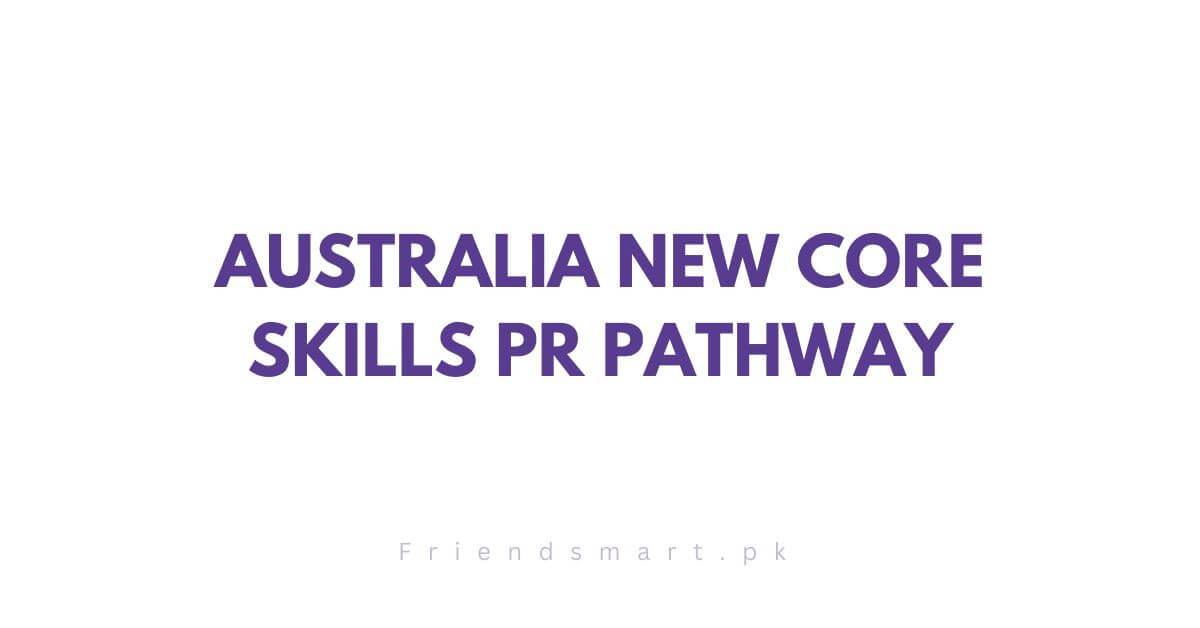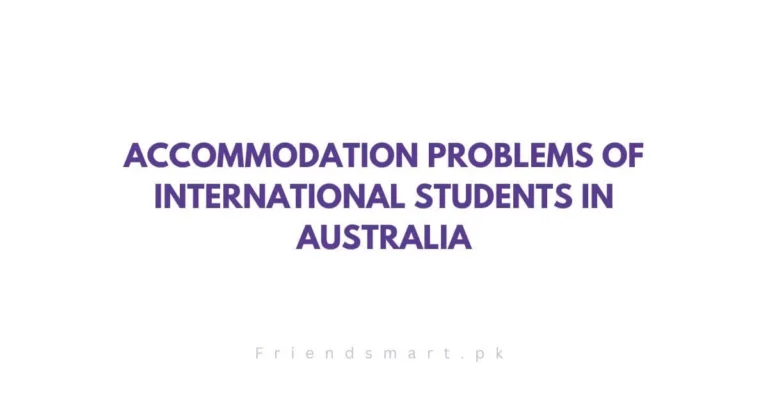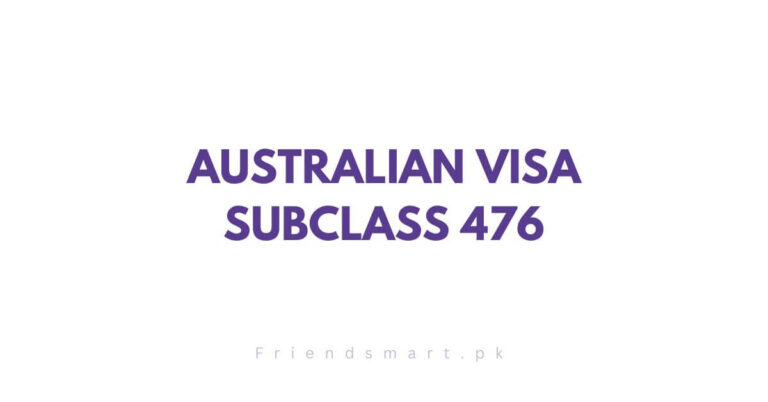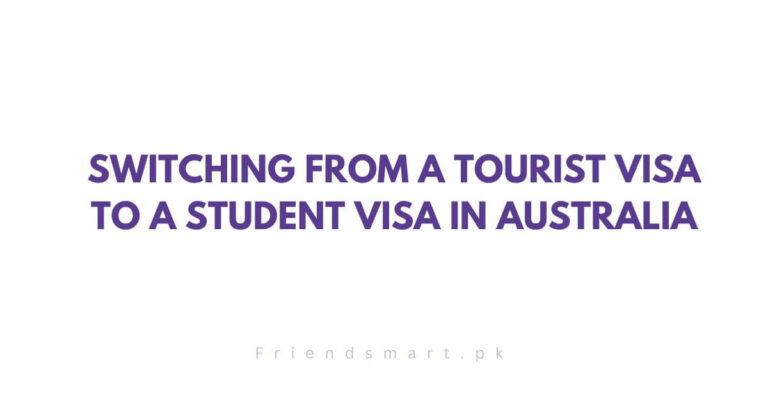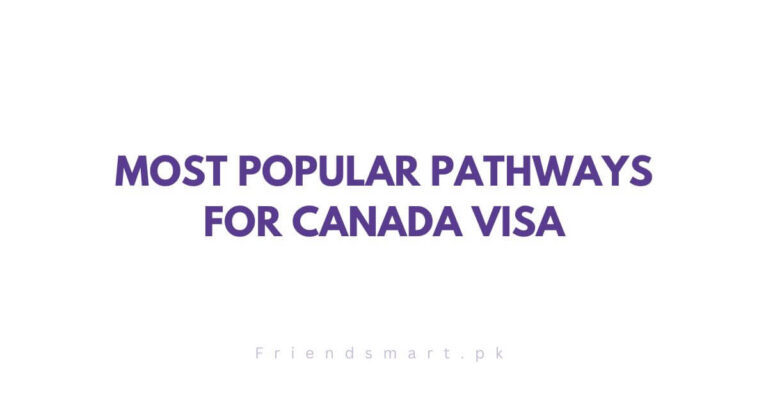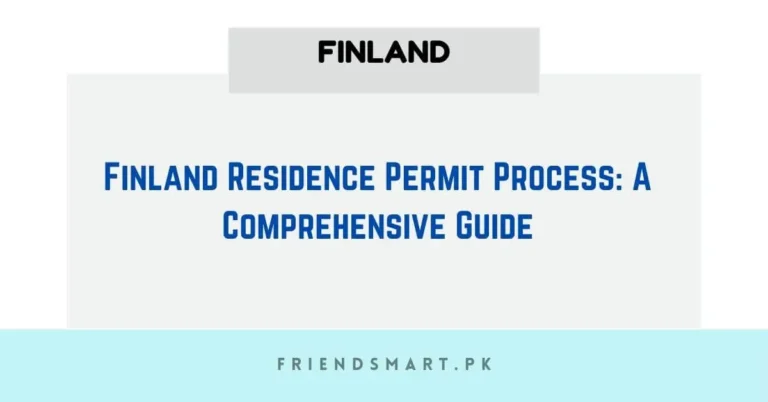Australia New Core Skills PR Pathway 2024 – Australia PR Visa
Australia’s immigration laws have been substantially transformed by the innovations introduced through the Skills In-Demand Visa program’s primary skills pathway. This professional trajectory is a strategic reaction to the scarcity of adequately skilled laborers and attracts accomplished individuals from abroad in order to bolster the nation’s growing workforce.
As part of the three-tiered Skills In-Demand Visa system, the four-skills pathway emphasizes on extremely sought-after occupations in Australia. Australia and aspiring professionals will both benefit from the alignment of the labor market’s requirements with qualified immigrants.
Check Also: Australia 189 Visa Process 2024 – Visa Update
As of later this year, when the new Skills In-Demand Visa will become available, this update will encompass everything you need to know about the Australia core skills PR pathway.
Understanding Australia New Core Skills PR Pathway
In place of the Temporary Skilled Shortage Subclass 482 Visa, the Skills In-Demand Visa will be administered in a three-tiered fashion, with eligibility determined by the applicant’s annual income and occupation.
Core Skills is the second option that is accessible via the new Skills In-Demand Visa. The majority of transitory skilled migrants will enter Australia via the Core Skills pathway, which seeks to recruit the country’s future and present skilled workforce.
A registered nurse assisting a regional hospital’s emergency department in managing acute staffing shortages or a secondary school educator assisting in the instruction of science in one of Australia’s public institutions could be involved. Applicants whose occupation is current on the Core Skills Occupations list and fulfills the necessary prerequisites are eligible to pursue the core skills pathway.
This vocation is linked to the skills and positions that Australia has recognized as scarce, or to those for which it has pledged to facilitate labor market access via trade agreements with other countries.
Under the new system, the migrant will be remunerated at or above the “Applicable Average Market Salary” (TAM), also known as “The Core Skills Threshold,” or, if the wage exceeds the TAM, the “Applicable Average Market Salary.”
Inclusion of Trade Workers
Qualifications for machine operators, laborers, transporters, and workers will be granted through the Core Skills Pathway. They must be listed on the core skills occupation list per occupation and skill, in contrast to the Specialist Skills Pathway. Furthermore, they must be compensated above the TSMIT, including for tasks paid beyond the Specialist Skills Threshold, if they satisfy two conditions.
Australia’s Advice
In light of Australia’s demand for proficient labor across various trade sectors, the Core Skills Pathway extends a special invitation to artisans. Tradespeople must satisfy the income prerequisites and have their occupation authenticated in order to qualify. The Skills In-Demand Visa, particularly via the Core Skills Pathway, presents an opportunity to make a substantial societal and economic impact on Australia.
By effectively matching your skill set with the demands of Australia, you can establish a prosperous professional trajectory and ensure a secure future.
Key Benefits Across All Pathways
The new Skills In-Demand Visa has the following benefits for its new routes.
- A visa validity extension of four years provides stability and facilitates long-term planning.
- Additionally, employer flexibility that allows for employment changes within the designated field
- Additionally, more transparent and accessible routes leading to permanent residency
- The Skills In-Demand Visa, which serves as a means of integration into Australian society, provides qualified workers with a platform rather than merely an entryway. Craftspeople and highly skilled laborers can systematically contribute to and participate in Australia’s development with the assistance of this visa.
- Throughout the visa’s maximal four-year validity period, its holders will be granted Clear Pathways to permanent residency and enhanced employment prospects. Annual indexing of the TSMIT and the establishment of a public registry of employer sponsors are measures that will facilitate job transitions.
- It is expected that the majority of the visas issued under the Skills In-Demand Visa program will follow the Core Skills Visa pathway. If you are considering obtaining the new Skills In-Demand Visa and intend to migrate to Australia as a skilled individual, the essential skills pathway is an excellent option.
Specialist Skills Pathway
This specific approach is noteworthy due to its predilection for candidates with a minimum income of $135,000. With a processing time of seven days and expedited access to businesses that require specialized knowledge, the pathway can be especially beneficial for individuals with advanced degrees.
The Specialist Skills Pathway is limited to 3,000 positions per year, so if you are an exceptionally skilled CANZUK employee seeking an ideal career location, you should submit your application as soon as possible.
Frequently Asked Questions:
-
What is the core skills pathway for an Australian visa?
The Core Skills Pathway is a critical component of the three-tiered Skills in Demand Visa system, targeting occupations in high demand within Australia. It aligns skilled immigrants with the country’s current job market needs, ensuring a mutually beneficial relationship between Australia and incoming professionals.
-
What is the new core skills pathway?
This pathway focuses on attracting skilled professionals in areas experiencing skill shortages. These areas include technology, engineering, healthcare, and the digital economy. Workers earning between $70,000 and $135,000 per year will be eligible for this pathway.
-
What is the easiest pathway to getting PR in Australia?
The Subclass 189 visa is often considered one of the most straightforward pathways to Australian PR. It’s designed for skilled workers who are not sponsored by an employer, a state, or a family member. To be eligible, applicants must meet the relevant occupation and points requirements.

